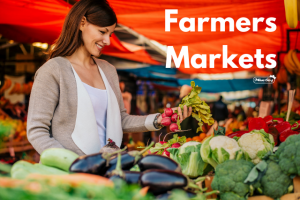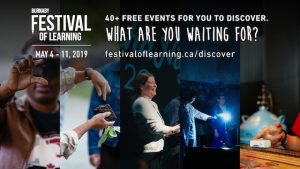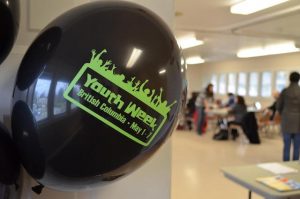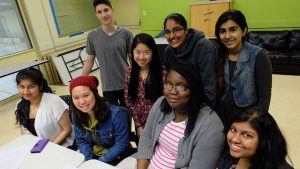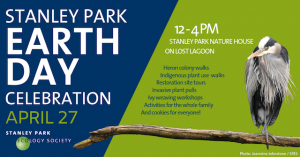The GrapeJuice Wine Auction for Big Sisters is coming up on May 2nd at Weissach Vancouver. Featuring hors d’oeuvres, a silent auction of fine wines, and wine tasting stations, you can pick up some rare wine finds while raising much needed funds for Big Sisters.
Continue reading this post
Vancouver Farmers Markets: It’s spring and summer farmers market season! See where markets are happening in Surrey, Tri-Cities, New Westminster, Richmond, and Vancouver.
Continue reading this post
Featured Health & Wellness programming at the Burnaby Festival of Learning (May 4-11, 2019). This is a week-long series of free events for individuals, families and young learners.
Continue reading this post
Metro Vancouver’s lawn watering regulations will come into effect on Wednesday, May 1, and remain in place until October 15, in a concerted effort to conserve treated drinking water during the hot and dry summer months.
Continue reading this post
BC Youth Week events in Coquitlam. BC Youth Week is coming up May 1-7, 2019 with dozens of free events hosted across the province, created by youth for youth.
Continue reading this post
Jeans Day for BC Children’s Hospital is May 2, 2019. Buy a Jeans Day pin, make a donation online, and don your head-to-toe denim as we #JeanUp for BC’s kids.
Continue reading this post
BC Youth Week is May 1-7, 2019 with dozens of events hosted across the province, created by youth for youth. In Surrey, there is a lineup of over 15 FREE events.
Continue reading this post
The Stanley Park Ecology Society is holding its own Earth Day celebration on Saturday, April 27, 2019 at Lost Lagoon to support one of the planet’s most important ecosystems: wetlands.
Continue reading this post
Over 20 events organized by youth and for youth across the province for BC Youth Week 2019, May 1-7.
Continue reading this post
Miss604 is giving away two spots (value $90) at Dominion Bar + Kitchen’s Mother’s Day brunch on Sunday, May 12, 2019. Located in Surrey’s Civic Hotel.
Continue reading this post

 Win Your Audi Raffle in Support of Sources BC
Win Your Audi Raffle in Support of Sources BC Vancouver Polar Bear Swim Registration Open
Vancouver Polar Bear Swim Registration Open Winter in Steveston Village with Gulf of Georgia Cannery
Winter in Steveston Village with Gulf of Georgia Cannery
